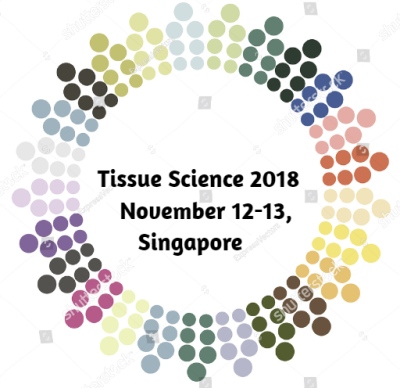
Eman Khalifa
Alexandria University, Egypt
Title: Biodiversity of TOXIGENIC FUNGI in livestock and poultry feedstuffs in Egypt
Biography
Biography: Eman Khalifa
Abstract
This study was aimed to investigate the prevalence toxigenic fungi and mycotoxines, a total no. of 90 samples representing various types of animal and poultry feedstuffs were collected from different localities in Egypt; Alexandria, Beheira, New Valley, Assiut and Cairo, The results showed that 78 with a percentage of 86.7% of samples were contaminated with different fungal species, the fungal load was ranged from 0.4 to 12 x 10³ cfu/gram among different samples, Aspergillus was the most common genus being isolated from all mycologically positive samples with total count of 101900 colonies per gram matching 83.84% of total fungal population. 16 species of Aspergillus; which A. flavus and A. niger were the most common colonizing 72.2% and 56.6% of samples matching 15.8% and 41.7% of total fungal count. Penicillium appeared in 50% of samples accounting for 13.1% of total fungal population. Also in the present study 13 feedstuff samples were analyzed for mycotoxin contamination. These samples were mycologically positive yielding low (40-600 cfu/g) or high number of fungal colonies (1280-4920 cfu/g). A. flavus and A. niger were the dominant species in these samples, aflatoxin B1 at level of 0.851 and 1.363 ug/kg were detected in 2 samples; respectively. Aflatoxin B2 at a level of 0.479 ug/kg was also detected in 1 sample. Levels of Aflatoxins in the positive samples (AFB1 and AFB2) are below the recommended limit for animal feedstuff ingredients for beef cattle (20 ug/kg). From previously mentioned data, it was clear that feedstaffs of animal and poultry in Egypt represented hazardous source of toxigenic fungi which harm animal and poultry health, decrease their production, and could be serious sources of human illness, so regular screening in animal and poultry feedstaffs in Egypt is a good practice in order to control and overcome their presence and dangers.

